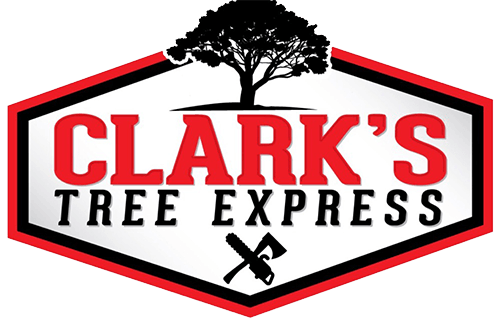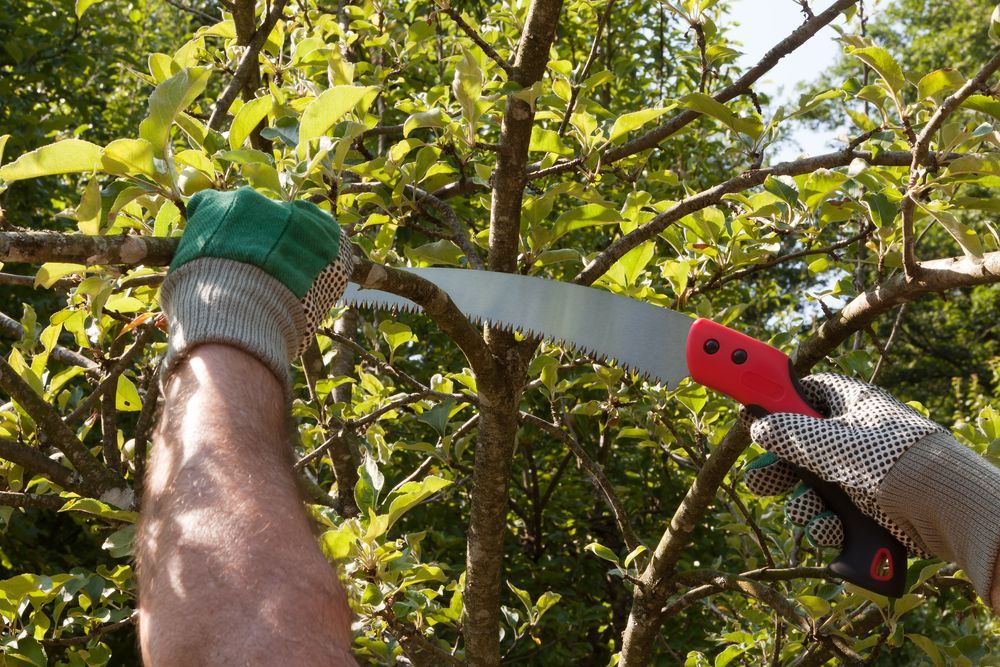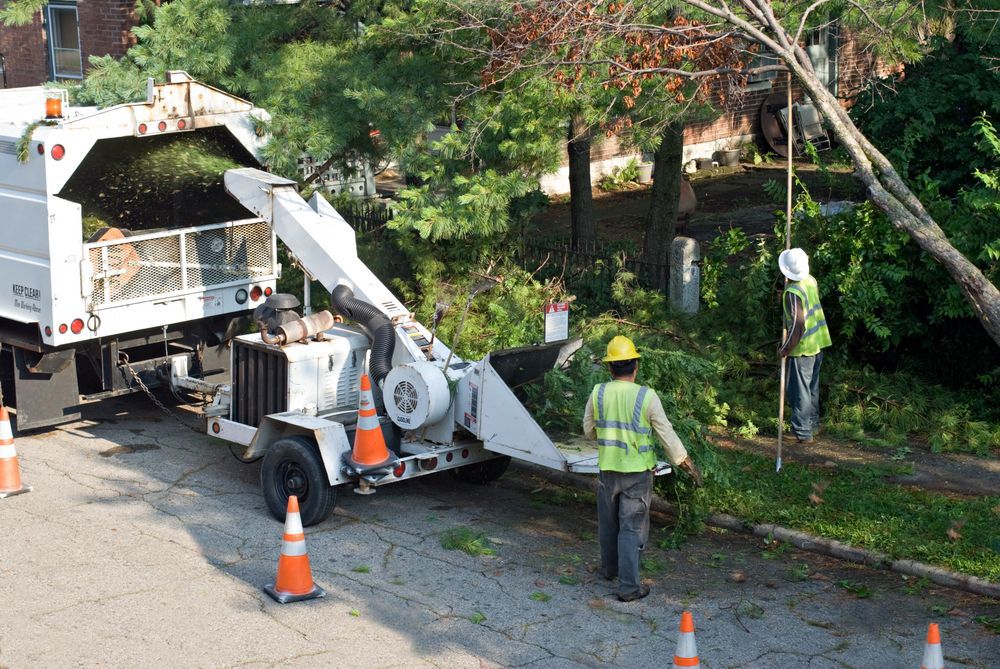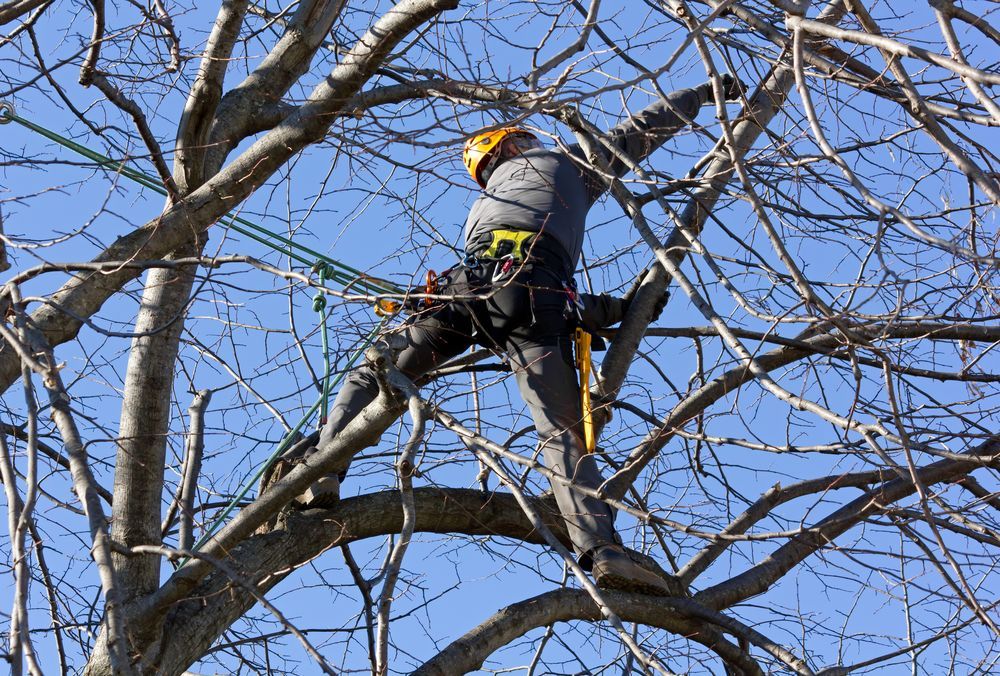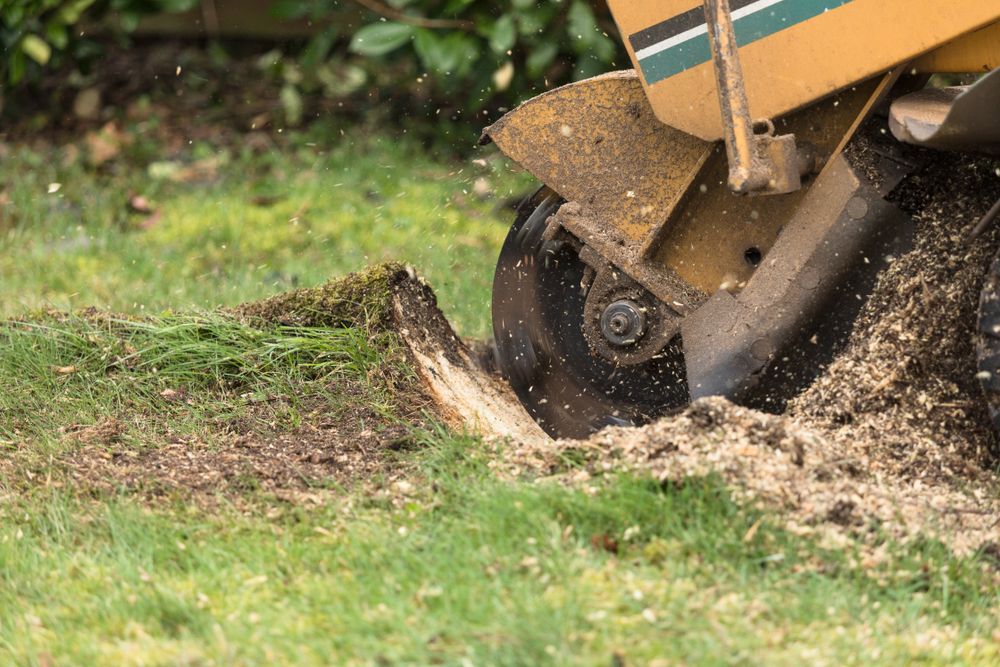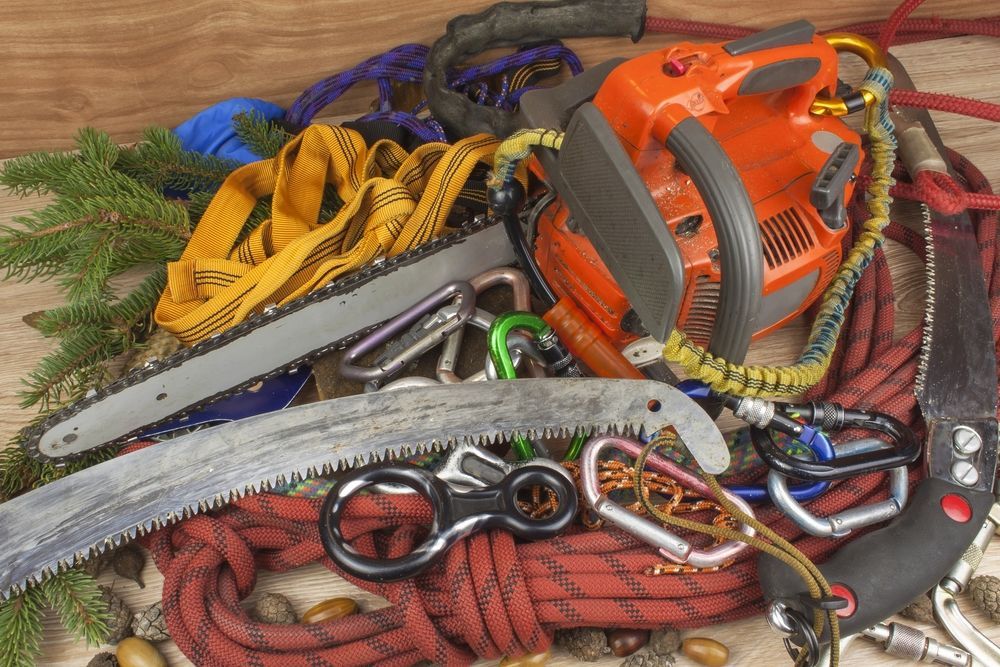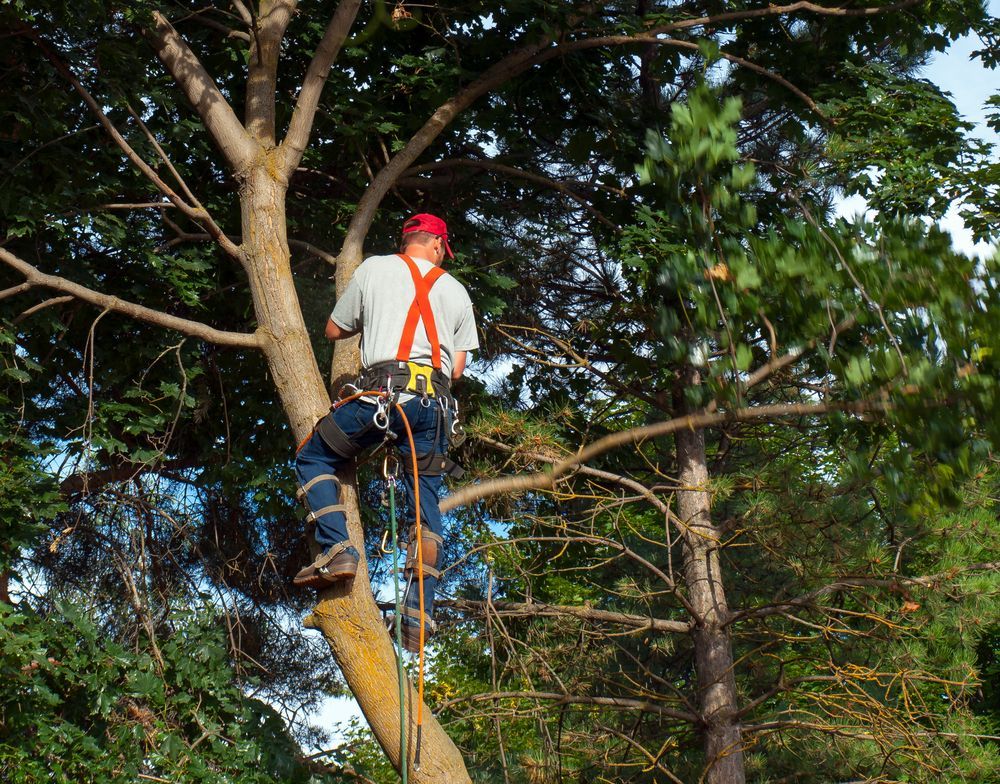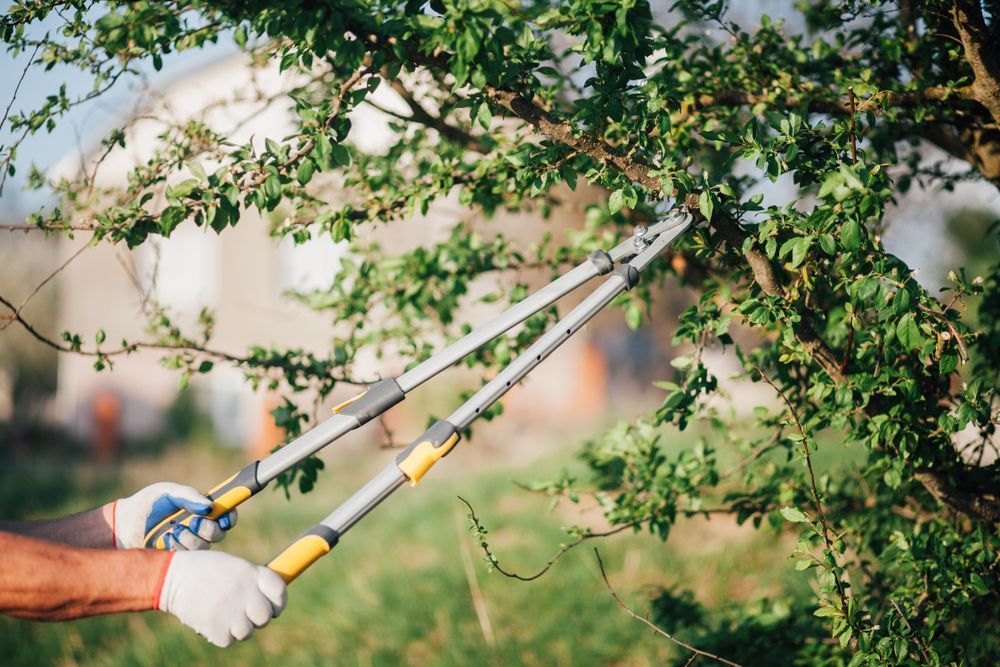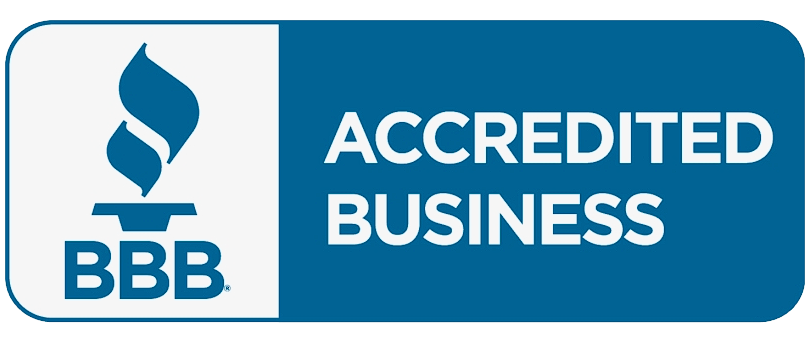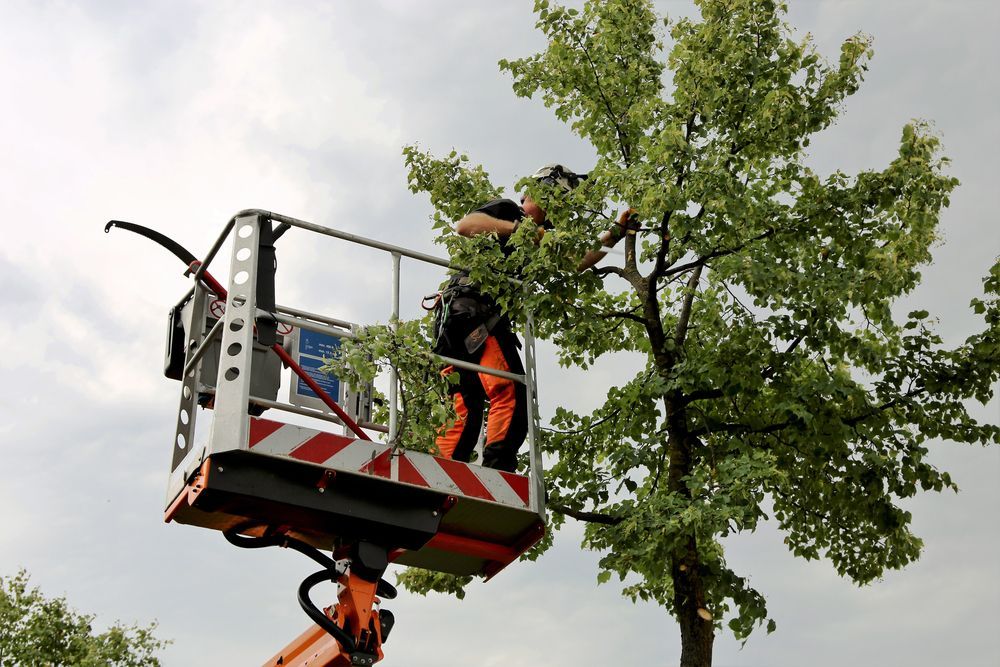
Safely Reaching High Branches in Tight Spaces with a Spider Lift
Imagine needing to prune a tall oak tree that towers over your Huntersville driveway—but there’s no easy access for a bucket truck. Or perhaps a mature maple sits snugly between two houses, with branches stretching dangerously over the roof. These tight-space scenarios make tree care tricky, and unsafe climbing isn’t an option.
That’s where a spider lift comes in. Compact, maneuverable, and designed for hard-to-reach places, spider lifts give arborists the ability to access tall trees safely without causing damage to surrounding property. In this blog, we’ll break down how spider lifts work, why they’re a game-changer for tight spaces, and what property owners should know when hiring professionals who use them.
What Is a Spider Lift and Why It Matters
A spider lift—sometimes called a tracked aerial lift—is a lightweight, mobile platform with extendable arms. It’s designed to fit into narrow spaces where traditional bucket trucks or heavy equipment can’t go.
Here’s why spider lifts matter in tree care:
- Compact design: The narrow width allows the lift to pass through gates, garden paths, and tight side yards.
- Impressive reach: Despite their small footprint, many spider lifts extend up to 70–100 feet, perfect for mature trees.
- Minimal ground impact: Rubber tracks spread the machine’s weight, preventing lawn and soil damage.
- Increased safety: Arborists work from a stable, secure platform instead of relying solely on climbing gear.
- Versatility: From pruning and storm cleanup to complex removals, spider lifts adapt to a wide range of jobs.
For property owners in Huntersville and the greater Lake Norman area, spider lifts mean professional crews can handle even the most awkward tree situations without compromising safety or landscape.
How Spider Lifts Are Used in Tree Care
Spider lifts are especially valuable in situations where safety and precision are key. Here are some examples:
- Trees close to structures: Overhanging branches above roofs, garages, or decks.
- Narrow access lots: Urban or suburban properties where bucket trucks can’t fit.
- Steep or uneven terrain: Tracks and stabilizing outriggers keep the machine balanced.
- Delicate landscapes: Yards with gardens, irrigation, or pavers that could be damaged by heavy equipment.
- Emergency storm response: Fast deployment after storms to safely remove hanging limbs in dangerous positions.
By combining height, maneuverability, and stability, spider lifts provide arborists with a tool that solves problems traditional methods can’t.
Step-by-Step: How a Spider Lift Job Works
If you’ve never seen a spider lift in action, here’s what the process usually looks like:
- Assessment
- The crew inspects the site: tree height, access points, and obstacles like fences or utility lines.
- Transport and Setup
- The spider lift is transported on a trailer and guided into position using tracks.
- Outriggers are extended to stabilize the machine, even on uneven ground.
- Operation
- The arborist operates the lift to reach high branches, working from a stable basket.
- Precision tools like chainsaws or pole pruners are used from the platform.
- Branch Removal or Pruning
- Limbs are cut in controlled sections, often roped down to prevent property damage.
- Cleanup and Takedown
- Once the work is complete, the lift retracts and exits the property with minimal ground disturbance.
This approach reduces risk, speeds up the process, and leaves the property in better condition than traditional methods.
FAQs
- What’s the maximum height a spider lift can reach?
Most spider lifts used in residential tree care reach between 70 and 100 feet, depending on the model. - Will a spider lift damage my yard?
No. Unlike bucket trucks, spider lifts are lightweight and distribute weight across rubber tracks, which minimizes lawn damage. - Can a spider lift fit through a standard backyard gate?
Yes. Many models are narrow enough—around 36 inches wide—to fit through standard gates. - Is a spider lift safer than climbing?
Both methods have their place, but spider lifts provide a stable, enclosed platform, reducing risks associated with climbing tall or weakened trees. - Do all tree services in Huntersville use spider lifts?
Not all do. It requires specialized equipment and training. Choosing a company with spider lift capability ensures more flexibility and safer results.
Conclusion
Tree care in tight or hard-to-reach spaces doesn’t have to mean risky climbing or damaged lawns. With spider lifts, professional arborists in Huntersville can safely reach towering branches, navigate narrow access points, and handle complex jobs with precision.
For homeowners, that means peace of mind: safer crews, better results, and a landscape left intact. If you’ve got tall trees in tight spots, a spider lift may be the perfect solution.
